Sponsored by HPE and Intel
Accelerating business modernization
Modernizing your infrastructure with the right servers can accelerate business transformation, enhance security, and future-proof your organization for tomorrow’s challenges


The competitive advantage achieved through a focus on agility, sustainability, performance, and other considerations such as accessibility, security and more, also relies on having the right resources to be able to balance these demands with business-as-usual requests.
Often, though, a skills gap or lack of budget to hire the right internal talent can hold organizations back.
“Enterprises are quickly falling behind IT service firms in terms of attracting talent with key IT skill sets,” says John-David Lovelock, distinguished VP analyst at Gartner. “This creates a greater need for investment in consulting spend compared to internal staff. We are at an inflection year for this trend, with more money being spent on consulting than internal staff for the first time.”
Against this dynamic backdrop, the combination of HPE ProLiant servers and Intel Xeon processors provides businesses with the infrastructure necessary to thrive.
These technologies not only handle today’s workloads, but also future-proof your enterprise for tomorrow's challenges. Whether it's AI-driven analytics, sustainability targets, or ensuring security in increasingly complex digital environments, the HPE ProLiant and Intel Xeon duo are engineered to accelerate business success.
The need for a modern infrastructure
Businesses are under immense pressure to innovate and adapt quickly. Traditional IT infrastructures, built for the needs of the past, can no longer keep pace with the demands of modern operations.
Organizations need agile, scalable solutions that allow them to react swiftly to market changes, customer expectations, and new opportunities. The key to staying competitive is adopting a modern infrastructure that not only optimizes performance today but also prepares businesses for tomorrow’s challenges.
A modern infrastructure brings immediate benefits in terms of business agility. It enables companies to scale resources up or down as needed, allowing for rapid deployment of new applications and services. This flexibility is critical in an environment where business cycles are becoming shorter and more unpredictable. Additionally, by streamlining operations, modern infrastructure lowers operational costs and maximizes resource efficiency, enabling businesses to do more with less. There has never been a more important time to be able to focus on the areas required without unnecessary overheads and keep costs low but results high, given the cost of doing business and economic uncertainty.
Moreover, investing in modern infrastructure is about future readiness. As enterprises increasingly move toward digital transformation, the infrastructure they rely on must support cutting-edge technologies such as artificial intelligence (AI), machine learning (ML), and cloud computing. A future-proof infrastructure allows businesses to innovate and grow without being limited by outdated technology.
Key challenges
While the benefits of modernisation are clear, businesses face significant challenges as they attempt to transform their IT landscapes. These include:
Evolving cybersecurity threats: With the rise of sophisticated cyber attacks, security is one of the most pressing concerns. Legacy systems often struggle to provide the robust defense needed to protect sensitive data and ensure compliance with new regulations. Modern infrastructure, on the other hand, integrates advanced security measures to safeguard against increasingly complex threats, helping businesses maintain trust and operational continuity.
AI and data integration: The exponential growth of data and the emergence of AI-driven processes require infrastructure that can handle massive computational loads. The compute power for such intensive workloads can be like nothing we’ve seen before. It’s an incredibly important focus area and one that firms can underestimate and under prepare for. This will only come back to bite them later on. Indeed, companies that fail to modernize risk falling behind in harnessing the power of AI and data analytics, missing out on opportunities to drive efficiencies, improve decision-making, and enhance customer experiences.
Sustainability pressures: Environmental sustainability is becoming a key consideration for businesses worldwide. Customers, partners, and regulators are placing more emphasis on green IT practices. Traditional infrastructure, with its high energy consumption and inefficiencies, is ill-suited to meeting sustainability goals. Meanwhile, modern infrastructure designed with energy efficiency and minimal environmental impact in mind, not only reduces operational costs but also helps companies meet their sustainability targets.
In addressing these challenges, businesses must recognize that a future-ready infrastructure is no longer a luxury but a necessity. It’s the foundation for innovation, growth, and success in an increasingly competitive and unpredictable market.
HPE ProLiant and Intel Xeon: a strong combination for modern IT needs
HPE ProLiant Gen11 servers, powered by Intel Xeon Scalable processors, are designed to address the growing demands of today's business workloads. These servers are built to enhance performance, simplify hybrid cloud management, and offer security features that span from edge to cloud. That’s in addition to the cost efficiencies already outlined.
The integration of Intel Xeon processors with HPE's server architecture enables businesses to achieve flexibility, security, and efficiency while adapting to evolving technology requirements.
Intel Xeon processors complement HPE ProLiant servers by offering scalability and performance optimization for various workloads. Whether handling analytics, data-driven processes, or real-time computing, this combination provides faster and more secure outcomes.
This offers several key features for businesses:
- Performance & Scalability: HPE ProLiant Gen11 servers, paired with Intel Xeon processors, offer scalable solutions suitable for a range of business sizes. These servers maintain high performance across diverse workloads, enabling organizations to scale while ensuring operational efficiency.
- Security: Both HPE and Intel emphasize security at multiple levels, incorporating features such as HPE’s "Silicon Root of Trust" and Intel's hardware-based security technologies. This approach helps organizations manage risks, protect data, and support compliance across various IT environments.
- Sustainability: Energy efficiency is a key aspect of HPE ProLiant Gen11 servers, which are designed to reduce power consumption. These servers help businesses meet sustainability goals while lowering energy costs, aligning operational efficiency with environmental considerations.
- Cost Efficiency: Modernizing IT infrastructure with HPE and Intel can help reduce long-term costs by improving efficiency and optimizing resources. This combination enables businesses to manage more workloads with fewer resources, simplifying operations and potentially enhancing return on investment (ROI).
Being prepared for the future
The HPE ProLiant and Intel Xeon combination is positioned to support current business requirements while preparing for future challenges. As organizations move towards AI, hybrid cloud, and data-driven processes, this infrastructure provides the flexibility and resilience needed to adapt to changing demands.
With a broad range of services and powerful processors, this combination offers scalability and long-term value for IT infrastructure.
HPE ProLiant servers, powered by Intel Xeon processors, provide a solution that integrates performance, security, sustainability, and future-ready capabilities, supporting businesses in their efforts to stay competitive in an evolving digital landscape.
Sign up today and you will receive a free copy of our Future Focus 2025 report - the leading guidance on AI, cybersecurity and other IT challenges as per 700+ senior executives
Rene Millman is a freelance writer and broadcaster who covers cybersecurity, AI, IoT, and the cloud. He also works as a contributing analyst at GigaOm and has previously worked as an analyst for Gartner covering the infrastructure market. He has made numerous television appearances to give his views and expertise on technology trends and companies that affect and shape our lives. You can follow Rene Millman on Twitter.
-
 UK government confirms October cyber breach: Everything we know so far
UK government confirms October cyber breach: Everything we know so farNews Details around Foreign Office hack remain sparse and government says it's unclear who is behind the attack
-
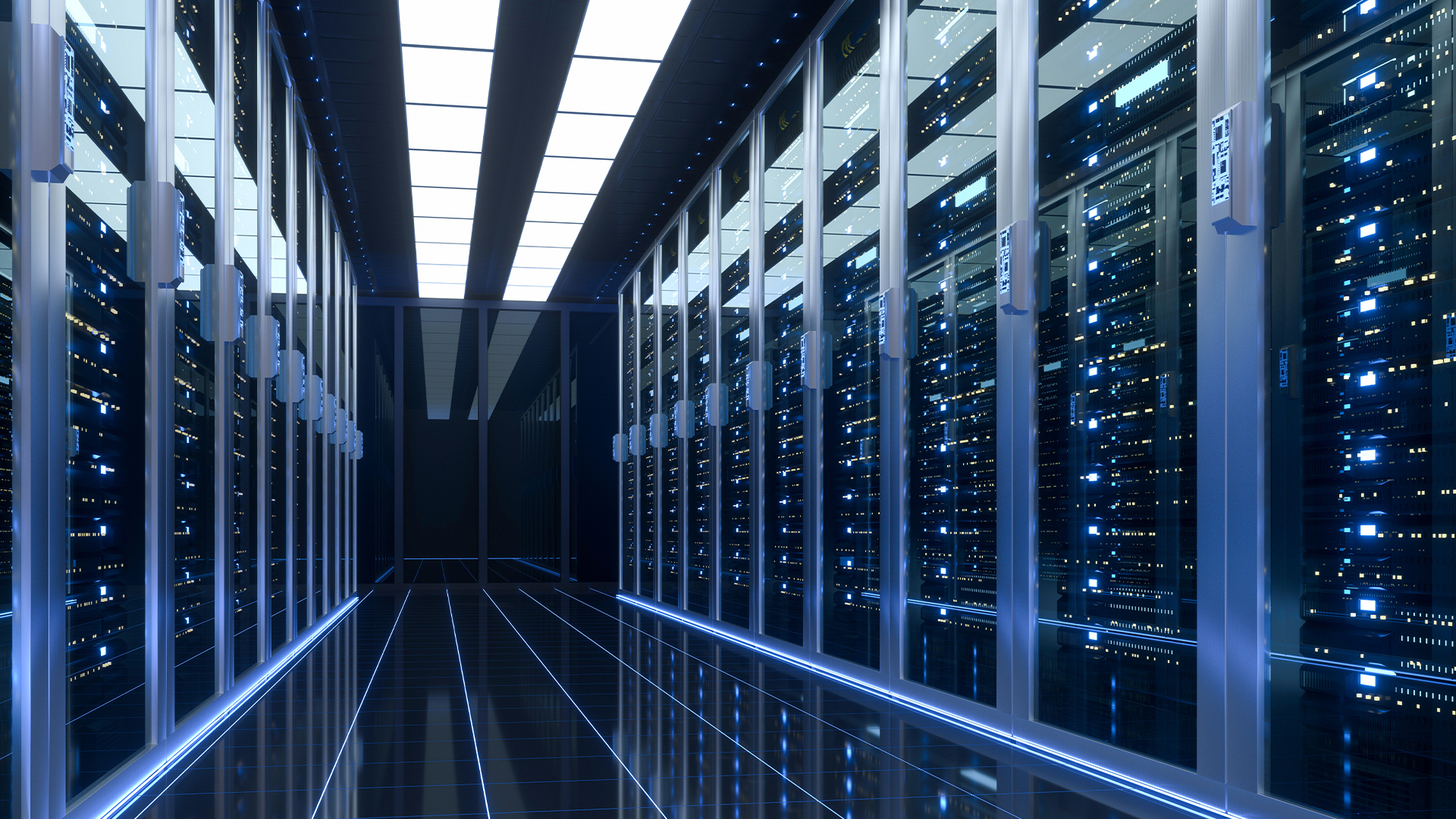 Data center investment reached a record $61 billion this year
Data center investment reached a record $61 billion this yearNews Hyperscaler expansion, private equity interest, and a surge in debt financing are behind skyrocketing investment levels
-
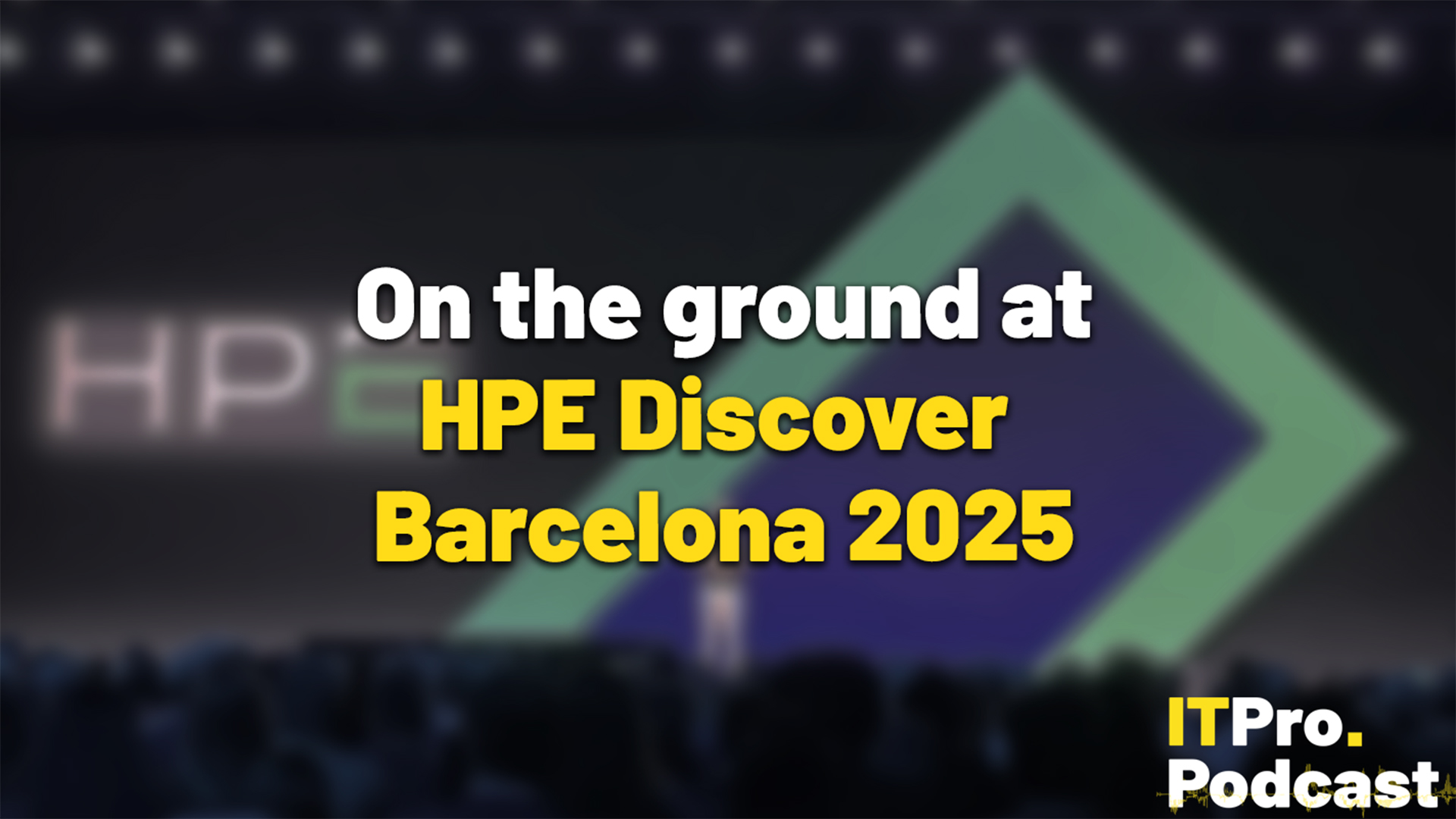 On the ground at HPE Discover Barcelona 2025
On the ground at HPE Discover Barcelona 2025ITPro Podcast This is a pivotal time for HPE, as it heralds its Juniper Networks acquisition and strengthens ties with Nvidia and AMD
-
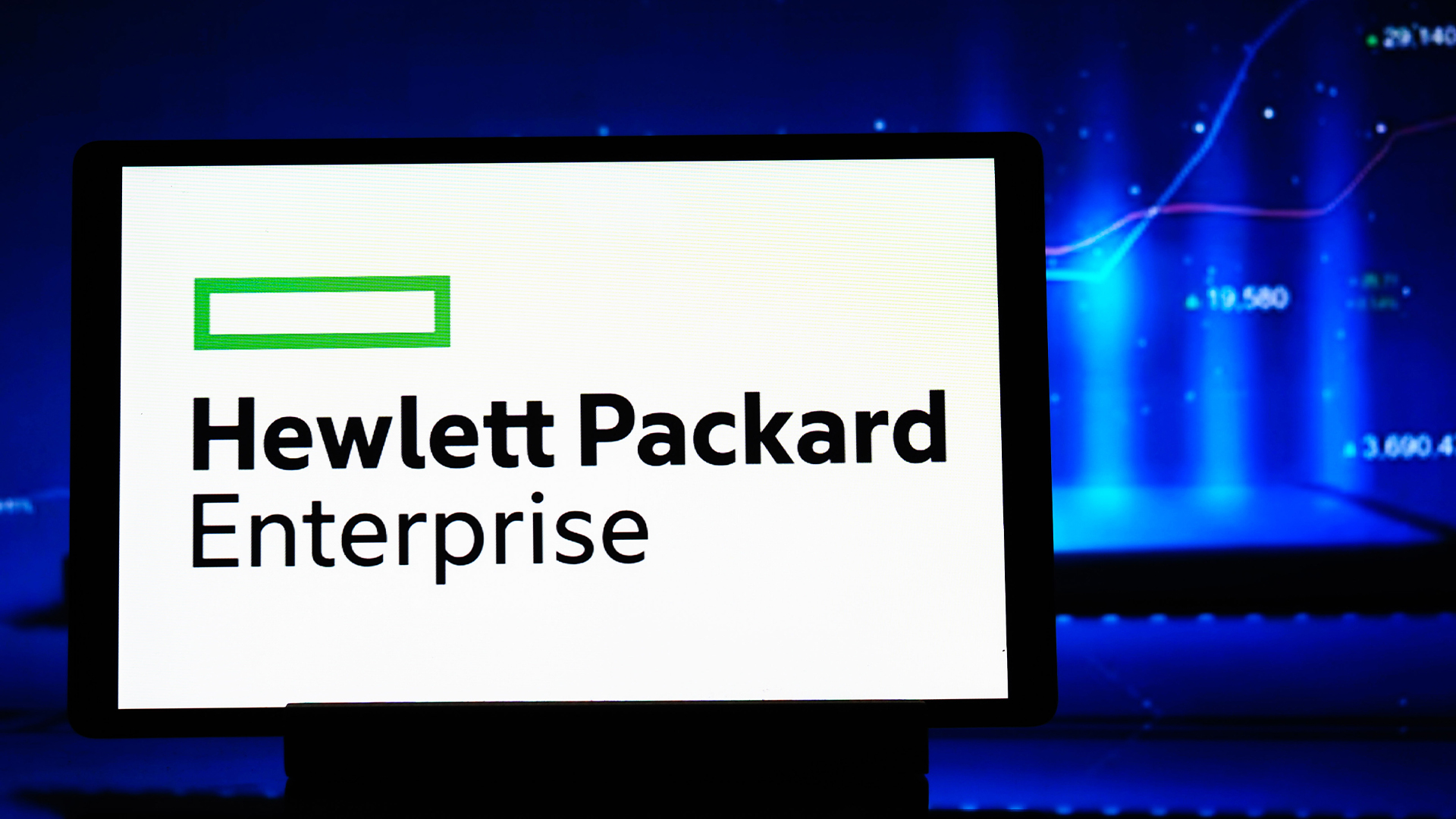 HPE promises “cross pollinated" future for Aruba and Juniper
HPE promises “cross pollinated" future for Aruba and JuniperNews Juniper Networks’ Marvis and LEM capabilities will move to Aruba Central, while client profiling and organizational insights will transfer to Mist
-
 HPE ProLiant Compute DL325 Gen12 review: A deceptively small and powerful 1P rack server with a huge core count
HPE ProLiant Compute DL325 Gen12 review: A deceptively small and powerful 1P rack server with a huge core countReviews The DL325 Gen12 delivers a CPU core density and memory capacity normally reserved for expensive, power-hungry dual-socket rack servers
-
 HPE's new Cray system is a pocket powerhouse
HPE's new Cray system is a pocket powerhouseNews Hewlett Packard Enterprise (HPE) has unveiled new HPC storage, liquid cooling, and supercomputing offerings ahead of SC25
-
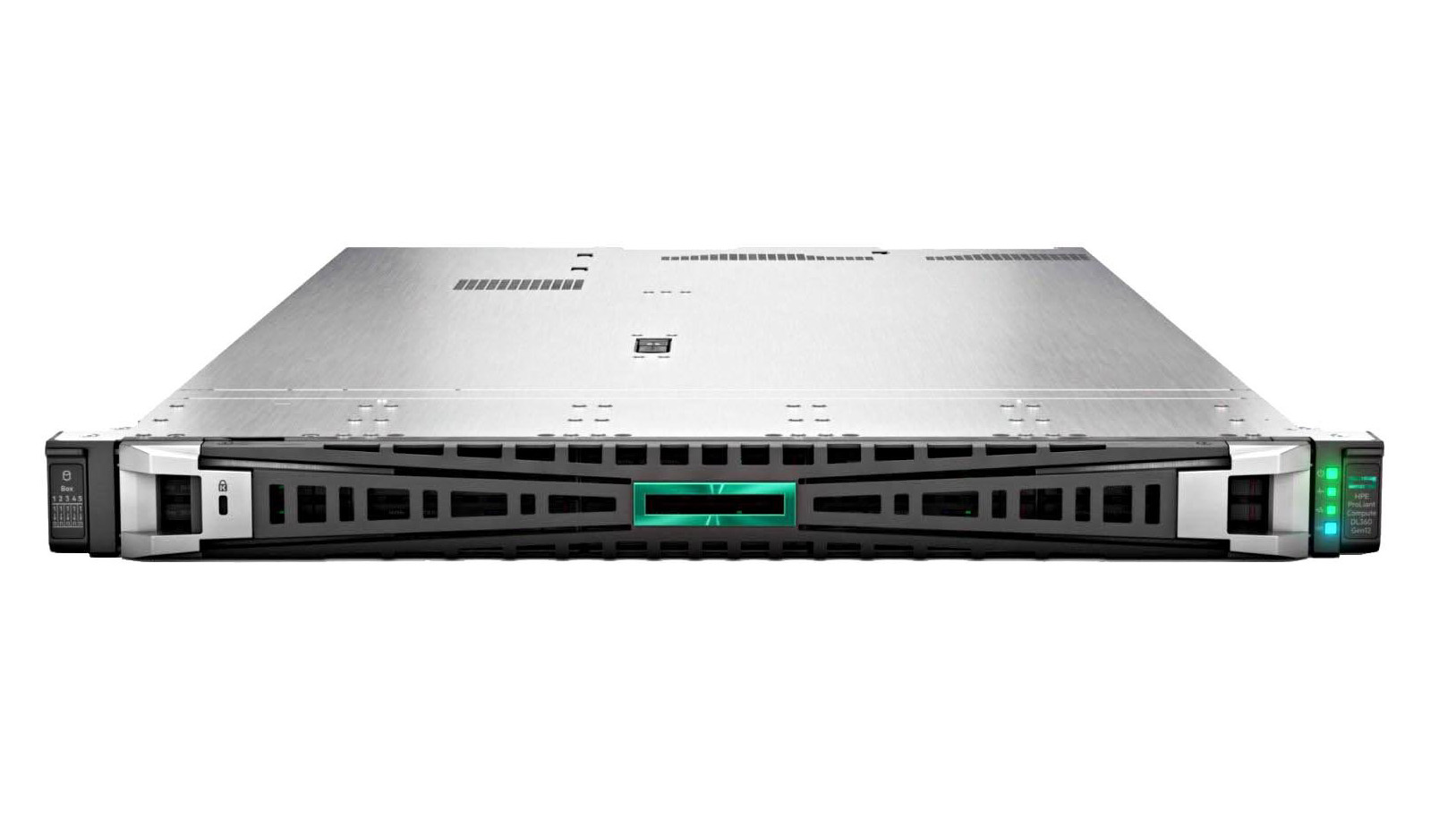 HPE ProLiant Compute DL360 Gen12 review: A versatile Xeon 6 rack-optimised power plant
HPE ProLiant Compute DL360 Gen12 review: A versatile Xeon 6 rack-optimised power plantReviews A powerful and scalable dual-socket rack server with a versatile range of storage options and super-strength platform security
-
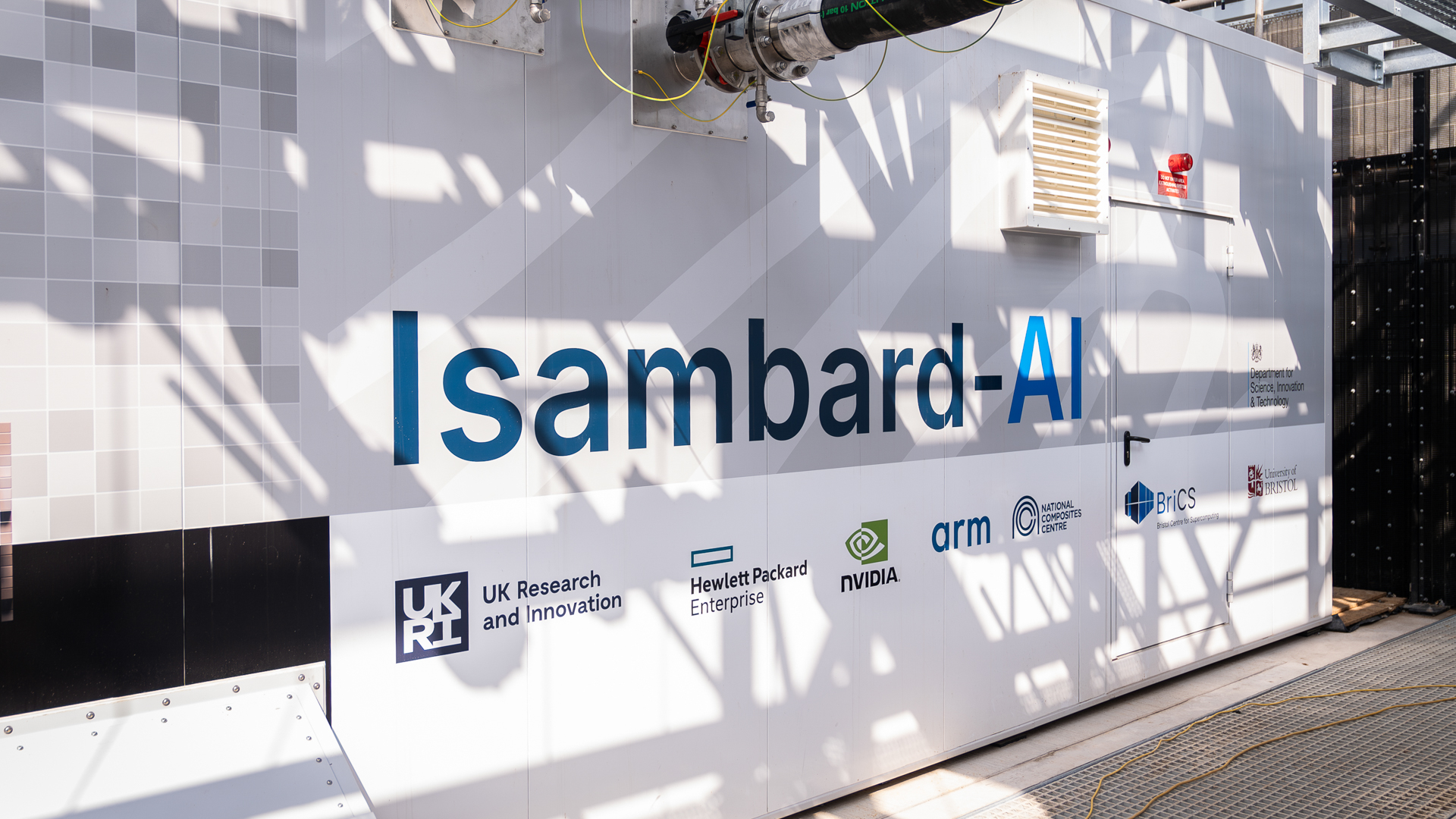 Inside Isambard-AI: The UK’s most powerful supercomputer
Inside Isambard-AI: The UK’s most powerful supercomputerLong read Now officially inaugurated, Isambard-AI is intended to revolutionize UK innovation across all areas of scientific research
-
 HPE forced to offload Instant On networking division and license Juniper’s AI Ops source code in DOJ settlement
HPE forced to offload Instant On networking division and license Juniper’s AI Ops source code in DOJ settlementNews HPE will be required to make concessions to push the deal through, including divesting its ‘Instant On’ wireless networking division within 180 days.
-
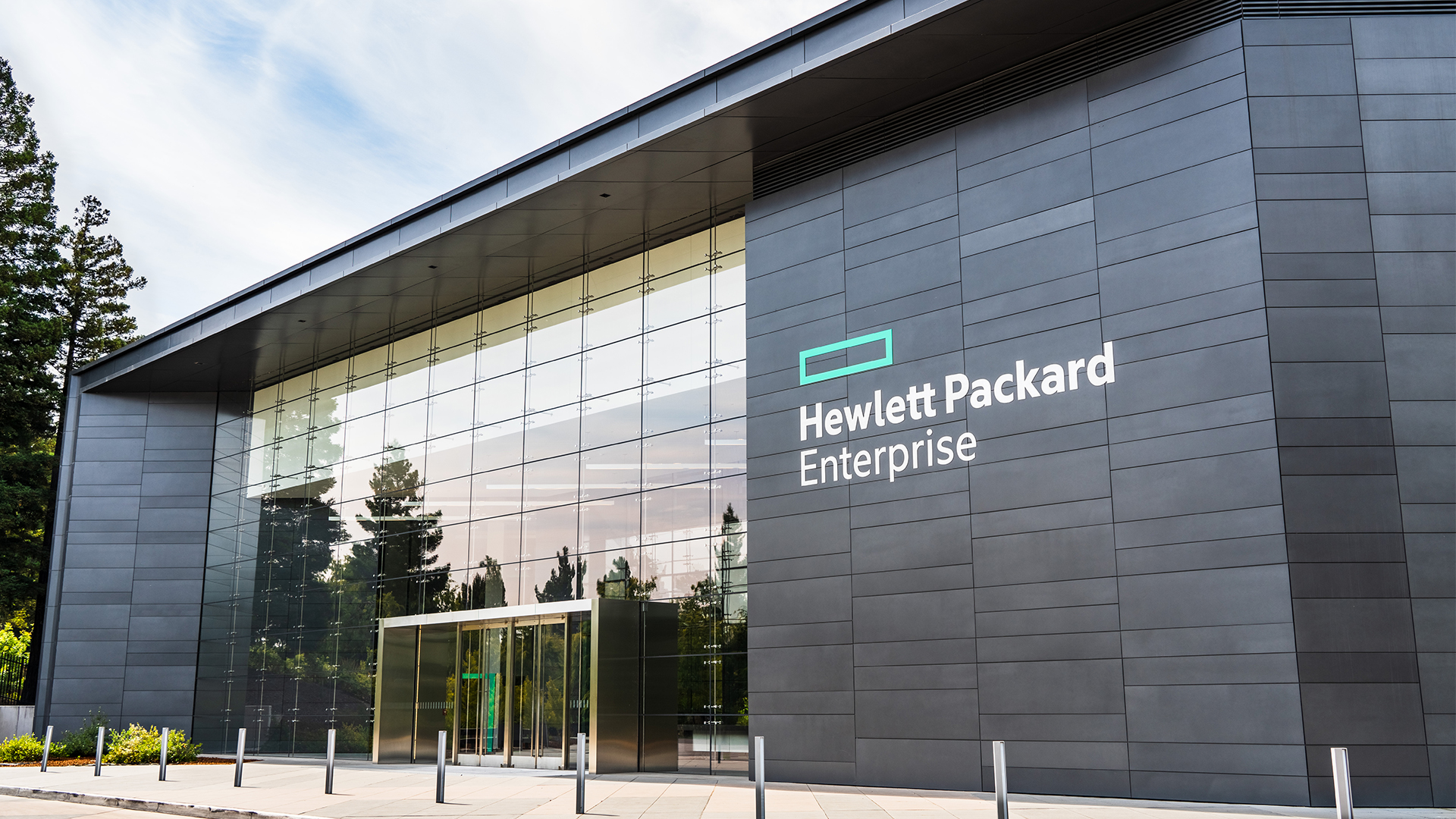 HPE eyes enterprise data sovereignty gains with Aruba Networking Central expansion
HPE eyes enterprise data sovereignty gains with Aruba Networking Central expansionNews HPE has announced a sweeping expansion of its Aruba Networking Central platform, offering users a raft of new features focused on driving security and data sovereignty.
